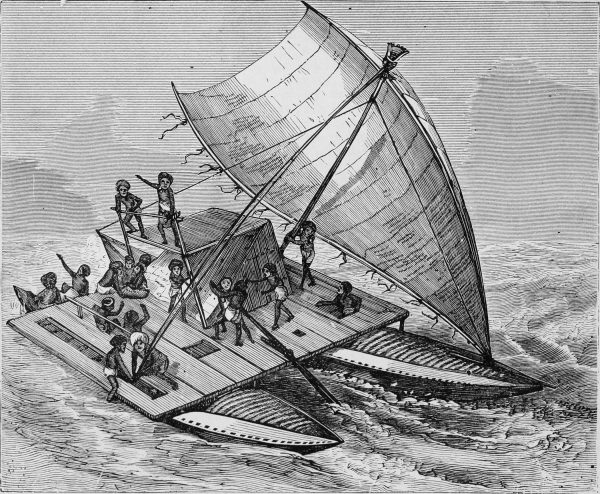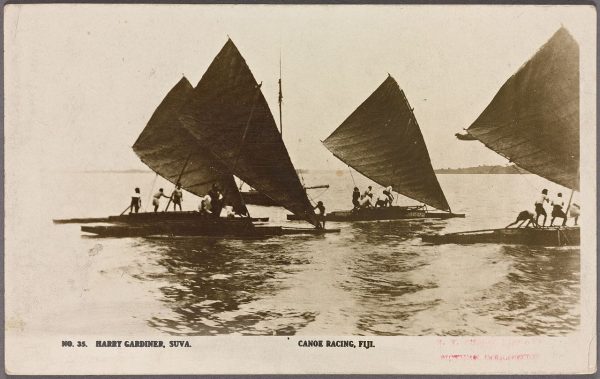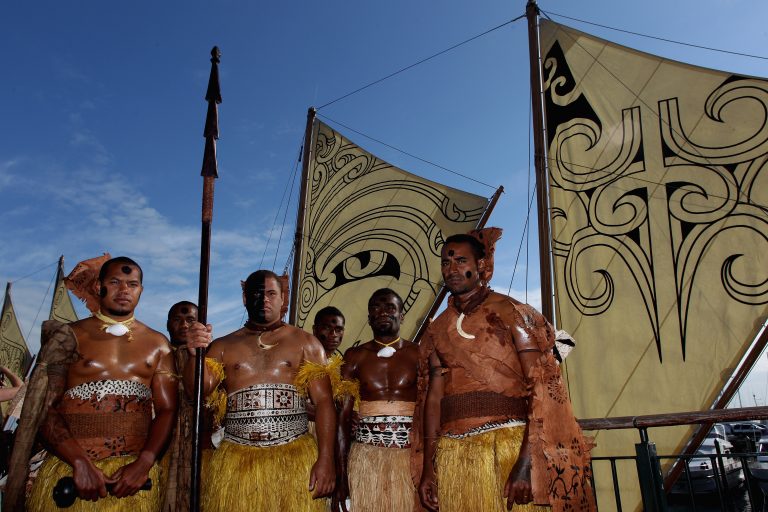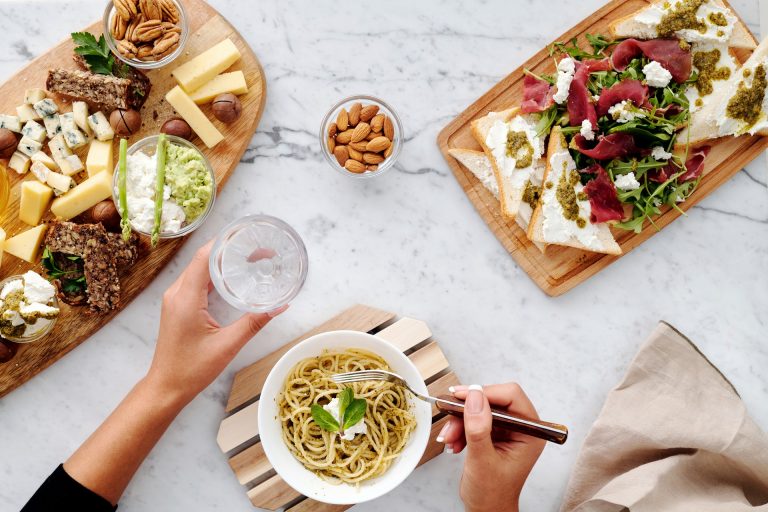When mentioning the tropical island Fiji, one does not usually think of double canoes, or waqa drua in Fijian. Instead, one might picture indigenous people in grass skirts adorned with conch shell trumpets. Or, soft white sandalwood beaches under swaying palm trees surrounded by a shimmering aquamarine ocean, not to mention the extraordinary array of underwater marine life and coral reefs.
This is the beautiful tropical paradise island of Fiji which lies in the heart of the South Pacific, encircled by 300 islands, approximately 1,000 miles north of the New Zealand coast.
As seafaring peoples, traditional canoe voyaging was a part of life in most island groups of the tropical Pacific in earlier times.
Before Fiji was Christianized in the 19th century, Fijians believed in many gods. Among the ancestor gods was Rokolat, the patron of carpenters and canoe-builders. He was also the son of Degei, the most important god of Fiji.
It has been over 5,000 years since canoe traders settled on the island. Canoes were the source of the community’s livelihood then. They were used for everything from trade and travel to war to fighting against other tribes.

Sacred ships
Success
You are now signed up for our newsletter
Success
Check your email to complete sign up
According to Canoes of Oceania Volume I: The Canoes of Polynesia, Fiji, and Micronesia, “The double canoe (wangga ndrua, spelt waqa drua in Fijian) was the largest and finest sea-going vessel ever designed and built by natives of Oceania before contact with Europeans.
They were plank-built ships and were ingeniously constructed without metals measuring 30 meters (98 ft) in length and 5 feet deep. The double drua could carry 200 men and easily reached around fifteen knots of sailing in good wind. Massive triangular sails of pandanus matting powered drua. The bow (front) could be either end, so to change direction, the rig was moved to the opposite end of the boat.
In a double canoe, the beam would be 6 to 8 feet, and a person could comfortably walk in the hold without touching the deck. It is said that “A pig could be roasted whole in the open cooking place, and the food and water were easily stowed away for long voyage, and “on one occasion a drua carried 12 head of cattle in her holds from Natewa Bay in Vanua Levu to Levuka, a trip of 120 miles, and another carried on deck from Tailevu to Suva a cargo of bagged maize sufficient to load the Alarm ketch of 30 tons, and the Xerifa at 20 tons burden.”
The steering paddles were also massive. One of the largest measured at 33 feet long with a blade 14 feet to the shoulder and 21 inches wide, The big canoes would carry one at each end because they were too heavy to transport to the other side while shunting.
The drua as a cultural icon

The building of drua is an almost forgotten art form nowadays and the origins of Fijian boatbuilding is still a huge matter of contention amongst the natives of the islands.
Called Kalia in Tonga and ‘Alia in Samoa, the double-hulled canoe was made from vesi loa (Intsia bijuga), which is a hardwood found on the limestone islands in the Southern Lau group of Fiji. This wood is often compared to titanium in terms of hardness. Hulls were constructed from numerous planks sewn together with magi magi, a coconut husk fiber cordage.
Only two original small drua artifacts appear to have survived. One, named Sema Makawa, is in the New Zealand Maritime Museum. The second one is Ratu Finau, at the Fiji Museum in Suva.
Today, a few communities have carried the boatbuilding tradition forth in the form of smaller versions of these canoes, known as camakau, mainly used for fishing.
Recently, the Drua Experience has been introduced to the public. Organized by Moala Takouta, Kaiafa Ledua, and Setareki Ledua of the Lau Islands, the Drua Experience has built a miniature, seaworthy replica of the Ratu Finau Mara canoe. The canoe conducts instructional charters from the Suva Harbor in Fiji’s capital city, Suva.
Regardless of its origin, the Fijian drua were by far the finest sea-going vessels of their time constructed in a collaborated effort by the natives of Oceania.
According to sagepub, the nature of the drua culture requires a deeper assessment of Fijian voyaging skills and history than what exists in the literature currently available.







